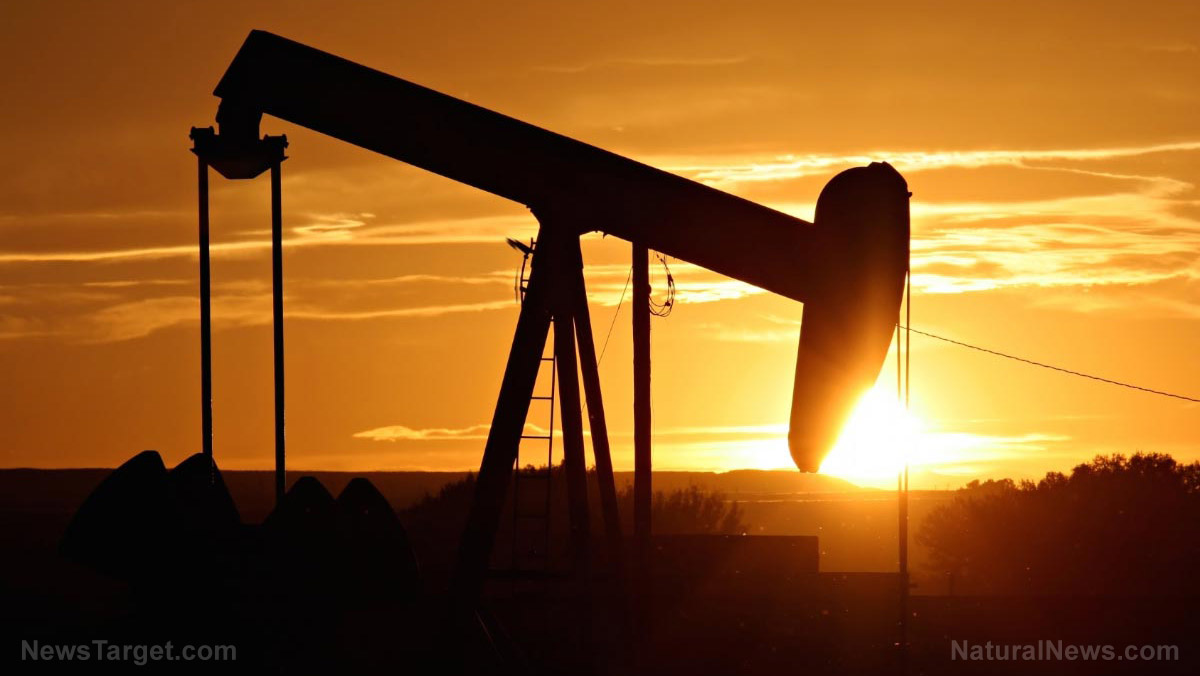
Advertisement
The economic slowdown brought about by the global coronavirus pandemic, compounded with the price war between Saudi Arabia and Russia, has sent oil prices into an 18-year low Monday. This was crude-oil future’s biggest percentage drop on record for any month or quarter, according to Dow Jones Market Data analysis, since 1983.
Crude oil futures in the U.S. slumped 6.6 percent to $20.09 a barrel. This represents their lowest price since February of 2002. The drop also brought their slide for the year to 57 percent, or $41.
The most recent declines came after President Doland Trump extended his administration’s social-distancing guidelines to stop the spread of the coronavirus to April 30. Before this, the President had set a tentative date of April 12, Easter Sunday, to restart a U.S. economy that had been frozen in the name of stopping the outbreak. As a result of this, industry analysts have further lowered their expectations for fuel consumption. The drastic reduction in economic activity and global travel has resulted in a historic drop in oil demand.
Consumer demand isn’t there to help sector recover
Traditionally, when fuel prices plummet, consumers such as airlines and bunker fuel, among others, drive demand, eventually helping the energy sector recover. However, the restrictions on travel and movement around the world mean that this increase in demand isn’t happening. This leaves traders with a massive surplus of oil and, as a result, even lower prices ahead. (Related: Coronavirus sinks global oil markets with no bottom in sight.)
“The longer the stay-at-home-orders are in place, the worse it gets,” stated Andy Lipow, president of Houston-based consulting firm Lipow Oil Associates. “The demand door was slammed shut into the face of the oil industry.”
While U.S. crude futures prices hover at around $20, regional prices in energy towns such as Midland, Texas, as even lower. This underscores the existential threat that energy producers around the world face. Economic growth for emerging markets from Saudi Arabia to Brazil is set to be dented from the slide. This could potentially exacerbate the fallout from the coronavirus pandemic.
The Saudi-Russia oil-price war is making things worse
While the outbreak’s negative effect on travel continues to slash oil consumption by millions of barrels a day, the price war between Saudi Arabia and Russia isn’t helping. An alliance between Russia and the Saudi led Organization of the Petroleum Exporting Countries (OPEC) imploded earlier this month. While OPEC wanted to decrease the supply of oil to take account of the reduction in demand. However, Russian President Vladimir Putin thought this move would cede too much ground to American oil producers which resulted in the split and the current price war.
To help protect U.S. energy producers, President Trump held a call with President Putin about the price war on Monday. According to White House Deputy Press Secretary Judd Deere, both presidents agreed on the importance of stability in global energy markets.
In an interview with Fox & Friends, President Trump expressed concern that the price war was putting the oil industry in danger.
“We don’t want to have a dead industry that’s wiped out,” President Trump said. “It’s bad for them, bad for everybody. This is a fight between Saudi Arabia and Russia having to do with how many barrels to let out. And they both went crazy; they both went crazy.”
Cutting supply may not be enough
Shares of U.S. energy companies went up Monday alongside the broader stock market. However, the broader S&P 500 energy group is still down 52 percent for the year from its previous high in January. As a response to this, many companies — including Pioneer, Parsley and Exxon Mobil Corp., — are now pledging to cut spending in response to the crisis.
The slide on Monday reflects a new view that even cutting the supply of oil may not be enough to boost oil prices as the transportation industry remains at a standstill. Brent crude, the global gauge of oil prices, fell 8.7% to $22.76 a barrel. This is yet another signal that a longer economic shutdown could pummel the oil patch even more.
Meanwhile, industry analysts say that there is a limit to how much oil can be stored in the U.S. and in tankers around the world. This limit could be reached if the amount of stockpiled crude continues to surge. As this process continues, traders say that it should keep the price of oil under pressure, even if producers hold back supply.
“The potential supply shortage which will be caused by producers shutting in production will not be enough, and I don’t think it will have any price supportive action in the next three months,” explained Tamas Varga, an analyst at brokerage PVM Oil Associates. “All in all, the situation is dire.”
Sources include:
Advertisement
Advertisements
















